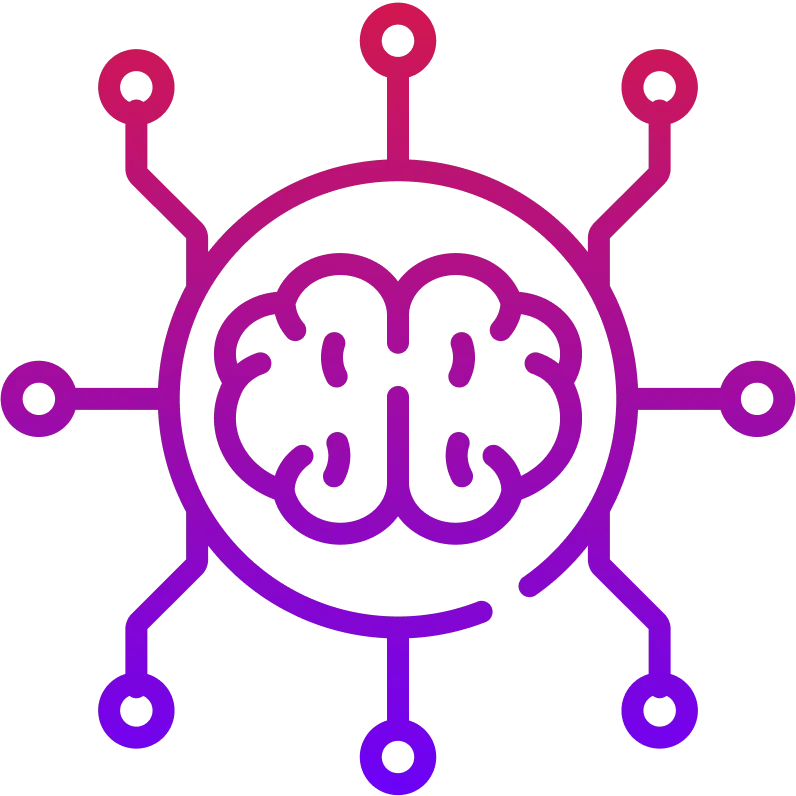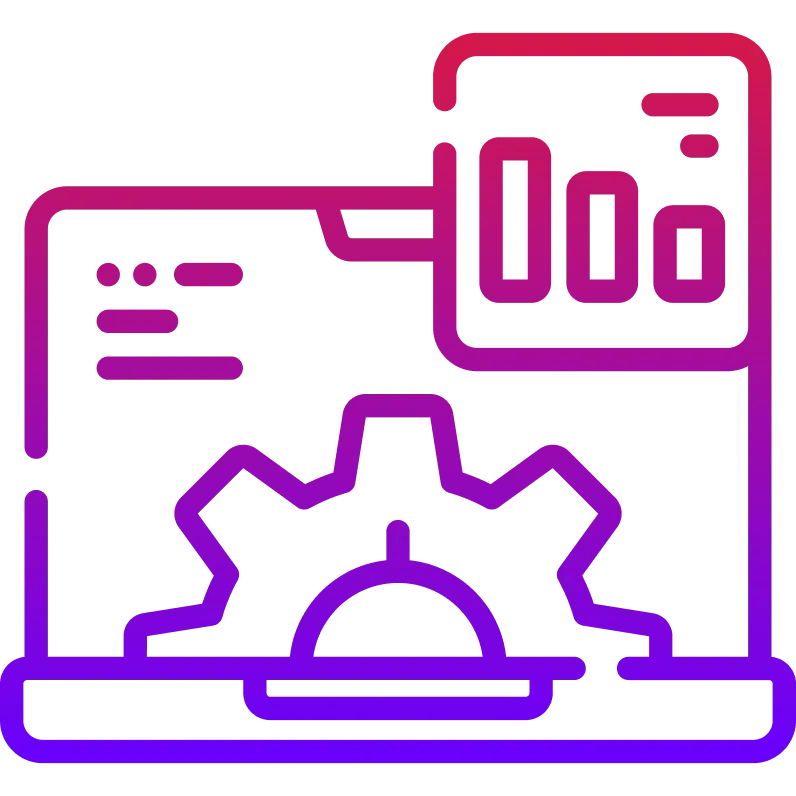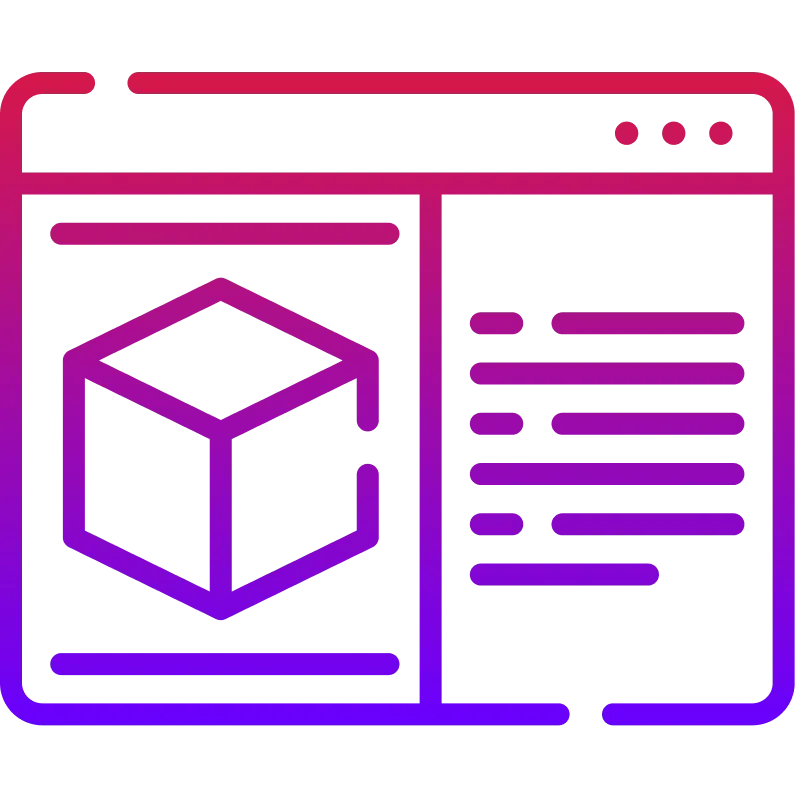Generative AI Is Your Next Competitive Edge
Gen AI is your next generation technology advantage. Not sure if your company is AI-ready? Find out in three minutes with our AI readiness assessment.
Free AI Readiness Check Free AI Readiness CheckTrusted Clients
Trusted Clients










































Explore Our Services
With over 150 experts on board, we deliver digital transformation solutions powered by next generation technology. From AI to cloud-native systems - all built by a trusted nearshore partner.

Generative AI
Generative AI automates repetitive tasks, streamlines workflows, and accelerates development. By analyzing large volumes of data, this future generation technology unlocks smarter decisions, faster delivery, and greater innovation across your tech stack.

Data Engineering
Unlock powerful insights with our data engineering services. Build scalable pipelines, ensure data quality, and enable smarter, faster decision-making across your business.

Digital Product Engineering
Transform your physical product into a smart, connected digital solution. Improve product functionality, enhance user experience, and drive scalable growth with our expert digital product engineering services.

Industrial IoT
Connect your machines, capture real-time data, and turn insights into action. With Industrial IoT, you can monitor operations, reduce downtime, and boost efficiency across every layer of your production process.
Impact Stories - Case Studies
Impact Stories - Case Studies
As your nearshore partner, we combine teamwork and solid tech skills to deliver future generation technology that fits your changing business needs. Discover how we've tackled challenges and delivered outstanding results for clients across a wide range of industries.
What Sets Intertec Apart?
Team Scalability
Easily scale your team with access to top regional tech talent. We help you stay agile and cost-efficient.
Geographical Proximity
HQ in Munich and delivery centers in Southeast Europe. We offer seamless collaboration across shared time zones - with better pricing than typical onshore partners.
On-time & On-budget project delivery
We consistently meet ambitious project goals without compromising on quality - delivering results on time, on budget, and with full transparency.
Min 40% Cost saving
As a leading nearshore partner in Europe, we help you reduce development costs while maximizing quality and efficiency - without cutting corners.
Increase Customer Lifetime Value
Our low engineer turnover and deep domain expertise mean stable, long-term teams that deliver high-impact results. Fewer handoffs. More continuity. Greater trust
Proven Track Record
Over a decade of experience, pre-vetted talent, and senior-level delivery. Our next generation technology services are built on trust, results, and repeatable success.
Book a Free Consultation
Trusted by leading businesses worldwide
Book a Free Consultation
Technology Stack
Apache Spark
Kafka
Grafana
Scala
PostgreSQL
MySQL
Apache Airflow
RabbitMQ
Let’s Work Together: Simple Steps for Collaboration
Step 1: What
We define exactly what needs to be built. Together, we outline features, technical requirements, architecture, and timelines. This gives everyone a clear starting point and keeps the project focused from day one. Our team ensures all deliverables are structured, trackable, and ready for fast execution.
You bring the idea. We bring the solution. Together, we bring success.
Your Nearshore Partner for Digital Transformation
Your Nearshore Partner for Digital Transformation
Digital transformation doesn’t need buzzwords. It needs people who know how to build. At Intertec, we turn complex challenges into practical solutions - on-time, on-budget, and engineered to scale. Our nearshore teams work as an extension of yours, bringing deep technical skill, clear communication, and full accountability.
From custom development to full-cycle delivery, we help you stay ahead with technology that actually fits your business - not the other way around.